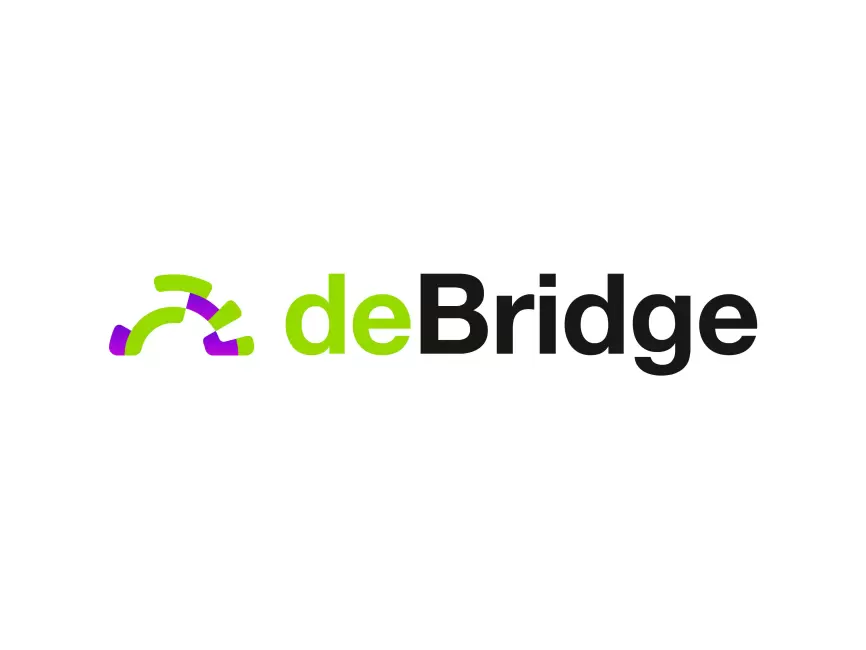So, I was fiddling around with some cross-chain bridges last week, and wow—something about debridge finance caught my eye. It’s not just another blockchain bridge; it’s like the Swiss Army knife of cross-chain swaps. Seriously? Yeah. But what really got me was how it balances speed and security without making you jump through hoops.
Here’s the thing. Cross-chain swaps have been this tricky beast for a while. You want your assets to move fast, but you also don’t want to compromise on safety. Most bridges out there lean heavily one way or the other. My gut told me debridge might be onto a better middle ground. Hmm… let me dive deeper.
Initially, I thought it was just hype, maybe some fancy UI or flashy marketing. But the more I poked around, the more the tech made sense. They use a decentralized network of validators, which sounds complicated but boils down to having multiple independent parties confirming transactions. This means no single point of failure, and that’s gold in the DeFi world.
Now, don’t get me wrong. Cross-chain bridges can be a security nightmare. Remember the Ronin hack? Yeah, that still bugs me. But debridge finance official site offers a layered approach that tries to prevent those types of exploits. It’s not foolproof—nothing is—but I like seeing projects that take security very very seriously without slowing you down to a crawl.
Really? Yep. And trust me, speed matters. Waiting forever for your tokens to appear on another chain is a nightmare, especially when market conditions shift in seconds. debridge nails this balance better than some I’ve tested.

What Makes debridge Stand Out?
Okay, so check this out—most bridges rely on a handful of validators or even a centralized party. That’s a single point of failure waiting to happen. debridge, on the other hand, uses a network of decentralized validators, which collectively agree on transactions. This reduces risks and boosts trust.
But here’s a nuance: validators need incentives to do their job right. debridge incorporates staking and slashing mechanisms, which means validators put their own tokens on the line if they mess up. It’s a neat way to keep things honest, though I’m not 100% sure how effective it is in all edge cases.
On one hand, this sounds like a standard blockchain governance tactic, but the way debridge combines it with cross-chain compatibility is pretty slick. They support a ton of chains—from Ethereum to Binance Smart Chain, and even some lesser-known ones. Honestly, that breadth is impressive.
On the other hand, the more chains you support, the more complexity sneaks in. I noticed some delays when bridging to less popular chains, but that’s kinda expected. The network effect hasn’t fully kicked in there yet.
By the way, if you want to see it live, the debridge finance official site has a clean interface. I played around with it for a bit, and the UX feels intuitive, even if you’re not a hardcore DeFi veteran.
The Real Deal: Cross-Chain Swaps Without the Headaches
Look, cross-chain swaps have always felt like walking a tightrope. On one side: security. On the other: speed and cost. debridge’s approach is to build a decentralized network layer that acts as an intermediary for token transfers. What’s cool? You’re not locked into just one chain’s ecosystem.
Imagine you want to swap USDT on Ethereum to USDC on Avalanche. Traditionally, you’d have to use centralized exchanges or risk some less reputable bridge. With debridge, you initiate the swap directly, and the validators handle the rest. It’s almost seamless.
But, here’s my honest take—there are still moments when I felt things got a bit clunky. The confirmation times can vary, especially during network congestion. Plus, fees aren’t always super predictable. Still, that’s a common challenge in the current DeFi landscape.
Something felt off about the fee model at first, but after rechecking, I realized it’s tied closely to underlying chain conditions, not just debridge’s markup. So, it’s not them gouging you, but blockchain economics at work.
And yeah, I had a tiny hiccup swapping between a couple of test tokens. Nothing catastrophic, but it reminded me this space is still maturing. I bet debridge will iron those kinks out as usage grows.
Why Should You Care?
Honestly, if you’re dabbling in DeFi, you probably need a reliable, fast, and secure bridge. Many projects promise the moon but deliver slow, risky transfers. debridge doesn’t pretend to be perfect but offers a solid solution right now.
Plus, their commitment to decentralization means you’re less likely to get burned by centralized points of failure. That’s a huge deal in this space. And with cross-chain interoperability becoming the norm, tools like debridge will only become more essential.
Oh, and by the way, if you’re the type who hates jumping from one app to another, debridge’s integrated swap interface is a nice touch. Not perfect yet, but it’s heading in the right direction.
So, yeah. I’m biased, but I think debridge finance is a project worth your time. Just keep your eyes open and don’t throw all your eggs in one basket.
Frequently Asked Questions
Is debridge finance safe to use?
While no bridge is 100% hack-proof, debridge uses decentralized validators and staking incentives to enhance security. It’s safer than many centralized bridges, but always exercise caution and don’t send more than you can afford to lose.
How fast are cross-chain swaps on debridge?
Swaps typically complete within minutes, but actual times depend on the networks involved and current congestion. Ethereum-based swaps may take longer during gas spikes, while faster chains like Avalanche move quicker.
Which blockchains does debridge support?
debridge supports numerous chains including Ethereum, Binance Smart Chain, Polygon, Avalanche, and others. The list is growing, so check their platform for the latest integrations.



